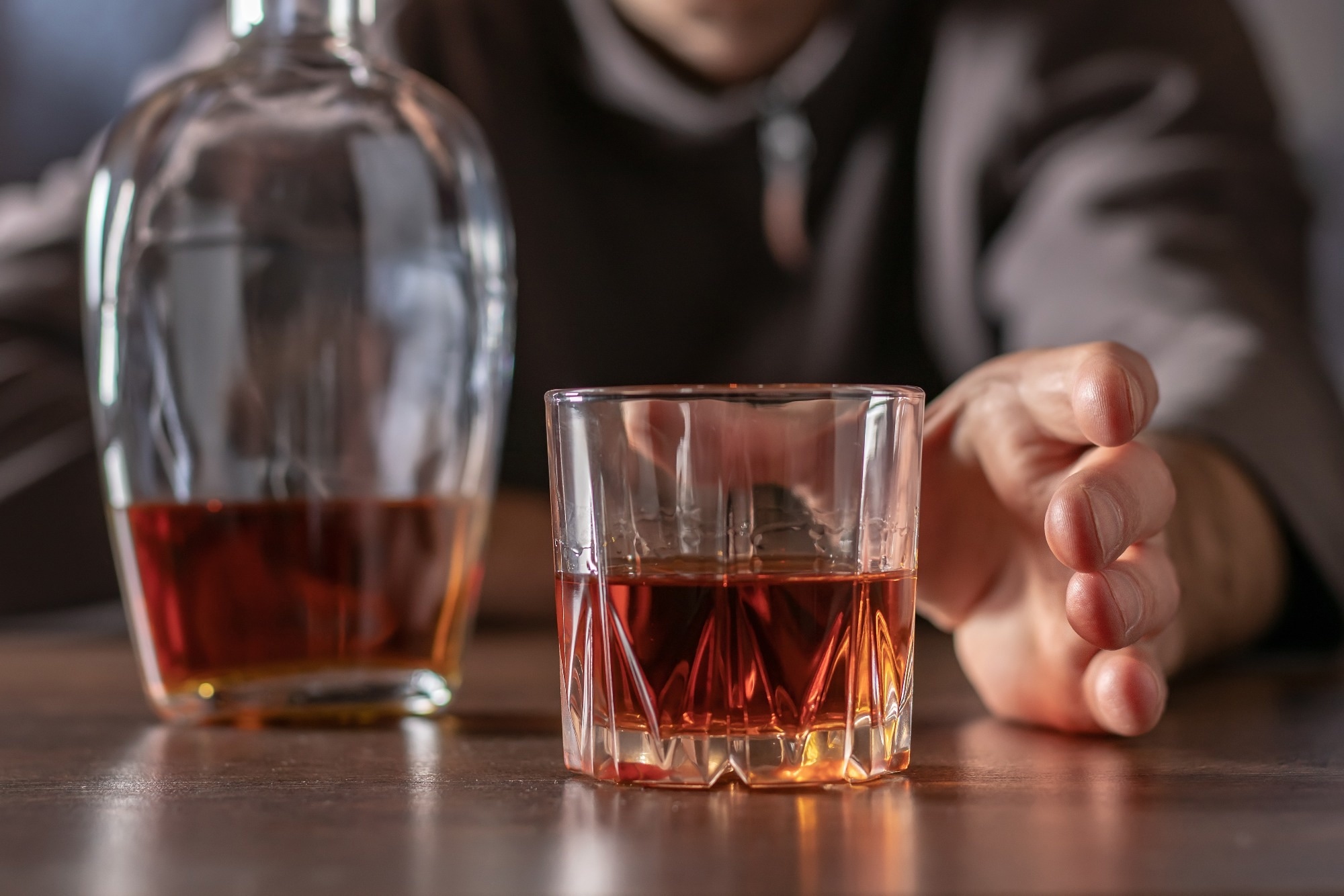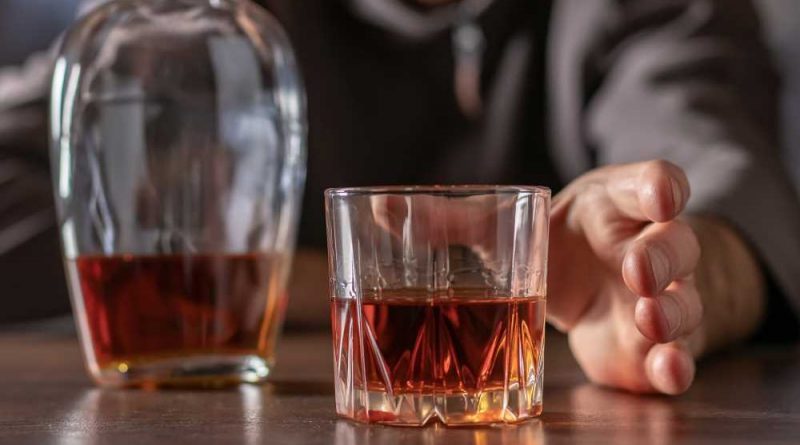What is the prevalence of current alcohol consumption and of risky alcohol consumption among cancer survivors in the US?
In a recent study published in JAMA Network Open, researchers characterized alcohol consumption patterns among cancer survivors in the United States.
 Study: Alcohol Consumption Among Adults With a Cancer Diagnosis in the All of Us Research Program. Image Credit: SkrypnykovDmytro/Shutterstock.com
Study: Alcohol Consumption Among Adults With a Cancer Diagnosis in the All of Us Research Program. Image Credit: SkrypnykovDmytro/Shutterstock.com
Background
Alcohol consumption has been causally linked to several cancers. It is also associated with adverse outcomes among cancer patients, such as the onset of new primary cancers, higher recurrence risks, and death.
Notwithstanding, specific surveillance and counseling are unavailable for cancer survivors, who are advised to follow nutrition and physical activity guidelines from the American Cancer Society. Nevertheless, less is known about alcohol intake patterns among US cancer survivors.
About the study
In the present study, researchers comprehensively characterized alcohol consumption patterns among US cancer survivors.
The study identified cancer survivors from “All of Us,” an extensive research program in the US that collects data from surveys (on personal medical history, lifestyle, and overall health), electronic health records, biospecimens, and physical measurements. Cancers were stratified as alcohol- and non-alcohol-related. Data on age at the time of cancer diagnosis were retrieved.
Alcohol consumption status was defined according to lifestyle survey responses and classified as current, former, or never drinker. Former drinkers had at least one drink in their life but not in the past year.
Current drinkers had at least one drink in the past year. Never drinkers reported not having any alcoholic beverages. Additionally, risky drinking behaviors were characterized among current drinkers based on quantity and frequency of consumption.
Smoking status was also evaluated, and participants were categorized as never, former, or current smokers. Current smokers smoked at least 100 cigarettes and continued to smoke daily or on some days. Former smokers smoked at least 100 cigarettes but have quit smoking. Never smokers reported not smoking at least 100 cigarettes throughout their life.
The team identified cancer survivors whose first medical encounter occurred at least a year before the baseline survey and those who underwent cancer treatment within the previous year of the baseline survey.
Treatment data were retrieved and classified as chemotherapy, surgery, radiotherapy, hormone therapy, and immunotherapy. The authors computed the crude prevalence of drinking and risky drinking behaviors.
Odds ratios and 95% confidence intervals of current drinking and risky behaviors were estimated using multivariable logistic regression, adjusted for sex, age at cancer diagnosis or survey, ethnicity, race, marital status, education, household income, smoking status, insurance status, cancer type, medication, and treatment.
Among those who underwent treatment, prevalence estimates were determined according to treatment type.
Findings
The study cohort comprised 15,199 cancer survivors, aged, on average, 63.1 at baseline. Most subjects were females (62.6%) and non-Hispanic White (76.5%).
Over 75% of cancers were diagnosed at 18-64; most survivors (61.1%) had a college degree and high household income. About 6.6% of survivors were current smokers, and 35.1% were former smokers. Most survivors (77.7%) were current drinkers.
Survivors with alcohol-related cancers who were non-Hispanic White, without current medication or treatment, were more likely to be current drinkers. Current and former smokers were more likely to be current drinkers.
Among current drinkers, 13% exceeded moderate drinking (more than two drinks in a typical sitting), and 23.8% reported binge drinking (more than six per occasion).
Survivors who were <65 years, males, Hispanic, and with cancer diagnosis before 18 were more likely to exceed moderate drinking and engage in binge drinking. About 38.3% of current drinkers engaged in hazardous drinking, based on alcohol use disorders identification test-consumption (AUDIT-C) score ≥ 4 for males and ≥ 3 for females.
Survivors diagnosed with cancer before 18, and former and current smokers, were more likely to engage in hazardous drinking. Around 1839 cancer survivors received treatment within the year before the baseline survey.
Of these, 76.4% were current drinkers, with similar prevalence estimates by cancer treatment type; 12.1% exceeded moderate drinking, 329 engaged in binge drinking, and 540 showed hazardous drinking.
Conclusions
Taken together, the study demonstrated that alcohol consumption is prevalent among cancer survivors; smokers, Hispanics, males, and those with cancer diagnosis before 18 were more likely to show risky drinking behaviors.
Moreover, alcohol consumption and risky behaviors were common even among those receiving treatment. Given the adverse outcomes associated with alcohol, further research is required to address this emergent concern among survivors.
-
Shi, M. et al. (2023) "Alcohol Consumption Among Adults With a Cancer Diagnosis in the All of Us Research Program", JAMA Network Open, 6(8), p. e2328328. doi: 10.1001/jamanetworkopen.2023.28328. https://jamanetwork.com/journals/jamanetworkopen/fullarticle/2808140
Posted in: Medical Science News | Medical Research News | Medical Condition News | Healthcare News
Tags: Alcohol, Binge Drinking, Cancer, Cancer Diagnosis, Cancer Treatment, Chemotherapy, Education, Frequency, Hormone, Immunotherapy, Nutrition, Physical Activity, Radiotherapy, Research, Smoking, Surgery

Written by
Tarun Sai Lomte
Tarun is a writer based in Hyderabad, India. He has a Master’s degree in Biotechnology from the University of Hyderabad and is enthusiastic about scientific research. He enjoys reading research papers and literature reviews and is passionate about writing.



